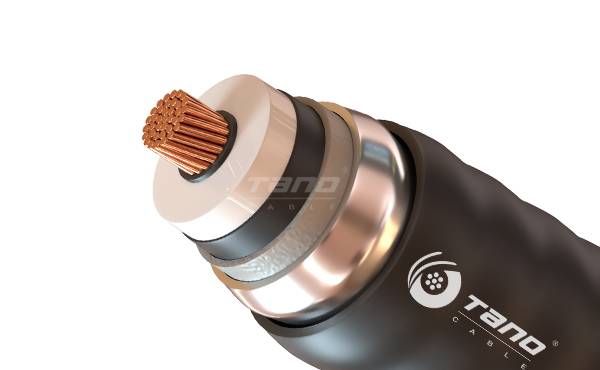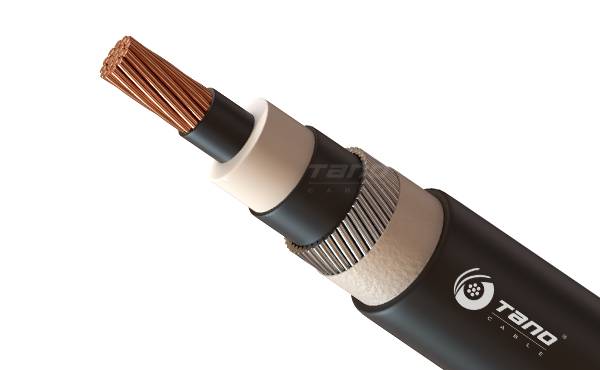17
Jan
DC XLPE submarine cables made in China is urgent to be developed
Share:
/2016-01-17.jpg)
After nearly a century of development, HVDC(High Voltage Direct Current) transmission has been successfully applied, which also led to the production of DC cables. Optical fiber composite DC XLPE submarine cable is one of the categories. Due to the limitations of the actual situation and the technical level, the application of DC transmission and distribution system in China has not been popularized, and the corresponding cable products are still in the research and trial stage.
Compared with the traditional AC submarine cable, the DC submarine cable has the following advantages. First, the number of DC transmission lines is less, which means the heat loss of the resistance is relatively small, and can greatly improves the energy saving effect in the transmission of power. Secondly, the DC XLPE submarine cable asks for a narrower width, which can save the cost of installation. Thirdly, most cables are set in a certain depth of the seabed, so the cables are safe, stable, and with good security performance.
With the continuous development of new energy and the growth of China's energy consumption, China's DC transmission technology will continue to upgrade, the state is bound to invest a lot of manpower and material resources to develop therelated technologies, DC XLPE submarine cable will usher in the golden period of development. Accordingly, this is a time full of challenges for the domestic cable companies.




.jpg)


